From the enduring presence of Jane Austen’s romantic motifs in costume dramas to the surreal visual echoes of Dante’s Divine Comedy in avant-garde art, the influence of classic literature extends far beyond the written word. It weaves its way into film, fashion, photography, and digital media, shaping modern visual culture in ways both subtle and striking. While many associate literature with dusty old tomes, its aesthetic and thematic richness continues to ignite contemporary imagination.
Why the Influence of Classic Literature Persists Across Centuries
Classic literature survives the test of time not just because of the power of its prose, but because of the depth of its imagery and symbolism. Artists and designers across generations have drawn from these timeless works, interpreting their emotional gravitas and philosophical inquiries into visual forms. Whether it’s the gothic elegance inspired by Mary Shelley’s Frankenstein or the bold surrealism rooted in Homer’s Odyssey, these texts still inspire.
This aesthetic inheritance isn’t merely nostalgic. Rather, it resonates with the modern need for layered meaning, authenticity, and a return to intellectual depth. Today’s creators revisit these classics to find inspiration in an era often dominated by fleeting digital content.
Visual Storytelling Reimagined Through Literary Lenses
Visual artists, filmmakers, and fashion designers often reinterpret literary themes through new mediums. Take for instance the saturated color palettes of Baz Luhrmann’s The Great Gatsby, which mirror the emotional highs and lows of Fitzgerald’s Jazz Age world. Or consider how modern photography channels Brontëan landscapes — stormy skies, windswept moors, and haunting solitude.
Through this, the influence of classic literature becomes a lens — not just for aesthetic recreation, but for societal critique. It provides a framework to question modern life, consumerism, and the rapid loss of introspective art.
The Role of Myth and Archetype in Modern Design
Myths and archetypes rooted in literary canons — from Greek tragedy to Shakespearean drama — continue to serve as visual shorthand in branding, architecture, and advertising. The tragic hero, the eternal muse, the fallen empire — all these motifs echo through time and influence the cultural identity of today’s media.
This recurrence is not accidental. By embedding such motifs, creators signal timelessness and depth. It’s no wonder that brands aiming for legacy often borrow from classic narratives to shape their visuals.
From Page to Pixel: Classic Literature in Digital Visuals
The transition from page to screen hasn’t dulled the literary glow — in fact, it’s magnified it. Digital artists often reinterpret classical texts in animation, game design, and interactive media. Titles like Hades and The Witcher don’t merely borrow from mythology or old European tales — they remix them for a new generation of viewers and players, keeping the aesthetic spirit alive.
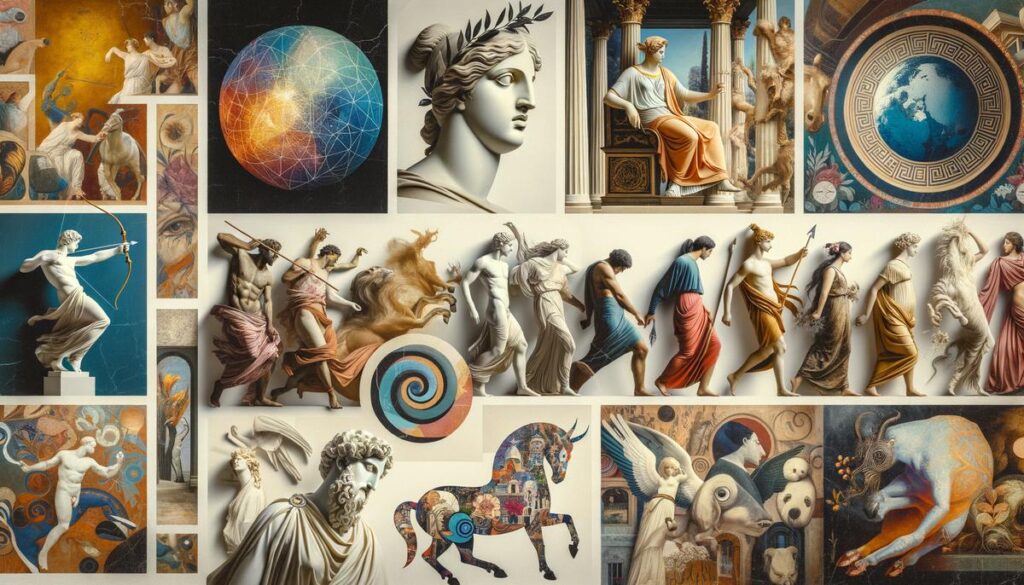
Moreover, social media visuals are increasingly literary in tone. From aesthetic quotes on Instagram to entire TikTok trends based on literary tropes, the integration is seamless. The influence of classic literature has gone digital, yet it remains rooted in its original charm.
Fashion’s Affair with Literary Nostalgia
Fashion has long courted literature. From Alexander McQueen’s collections inspired by Victorian ghost stories to Dior’s use of classical poetry in haute couture campaigns, literature and fashion engage in a dynamic dialogue. Designers often lift not just themes, but visual metaphors from texts, translating them into fabric, silhouette, and texture.
The romanticism of Pride and Prejudice, the rebellion of Wuthering Heights, or the mystique of Edgar Allan Poe — these aren’t just stories; they’re visual blueprints for style revolutions.
Cinematic Homage: When Directors Fall in Love with the Classics
Cinema, perhaps more than any other medium, visually embodies literature’s spirit. Directors like Greta Gerwig, Guillermo del Toro, and Sofia Coppola regularly draw on classic texts, not just for scripts, but for visual inspiration. Set design, costume, lighting — all nod subtly to the prose that inspired them.
The recent wave of period-core or dark academia aesthetics owes much to literature’s cinematic rebirth. These visuals, steeped in ink-stained nostalgia, find their roots in classic works, reshaped for contemporary consumption.
The Future of Visual Culture and the Influence of Classic Literature
In a world where content is consumed in seconds, the persistent allure of classical themes offers a refreshing contrast. The influence of classic literature is not fading; it’s evolving — intertwining with technology, gender discourse, global aesthetics, and ecological themes.
Visual culture thrives when rooted in meaning. And classic literature provides an inexhaustible reservoir of ideas — both aesthetically rich and philosophically profound. As creators look ahead, they will likely continue turning back — not out of resistance to change, but out of reverence for depth.
Conclusion: A Legacy Inked in Every Frame
Classic literature is more than stories on paper — it’s a visual language, a philosophical muse, a cultural compass. From the grandeur of Greek epics to the subtle irony of Oscar Wilde, these narratives mold our perception of beauty, structure, and emotion. In every stroke of a brush, flash of a frame, or fall of fabric, their influence endures — timeless, aesthetic, and profoundly relevant.


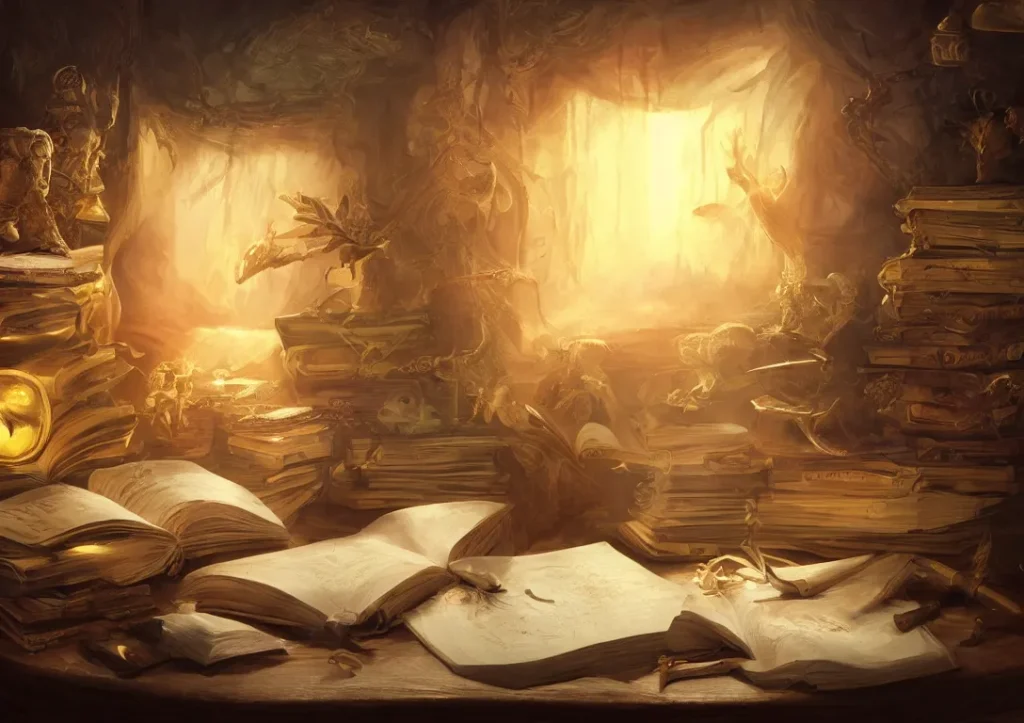
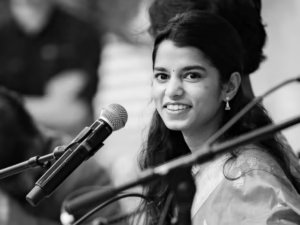
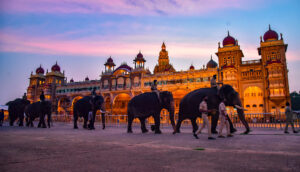
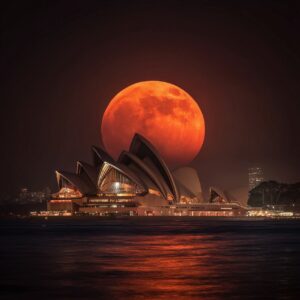

More Stories
Maithili Thakur: From Folk Singing Sensation to Rising Political Star
Mysuru Dasara: The Royal Festival of Karnataka – History, Culture, and Celebration
Blood Moon Over Sydney: Unveiling the Celestial Show with Telephoto Magic